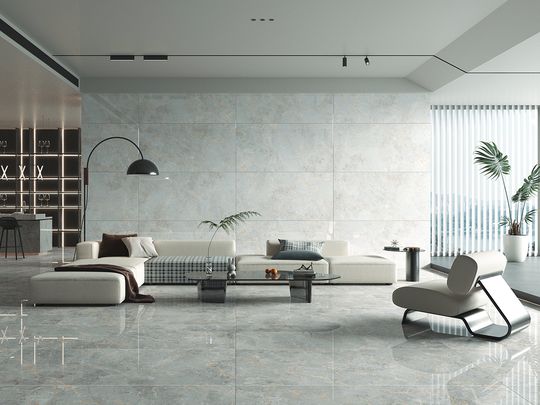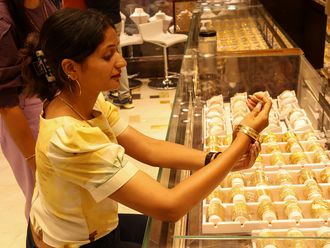
There is an indescribable quality to spaces and buildings that evoke certain feelings. For example, when I walk into my family home in Egypt it encapsulates feelings of nostalgia and comfort.
We have actually been contemplating wellness in our architectural design of living spaces for years, including the flow of energy, light, and air, intertwining these concepts with understanding of health, mood, and spiritual well-being. This deep-rooted connection is evident in practices like Feng Shui, which dates back over 3,000 years in China.
Even before the formalization of Feng Shui, ancient civilizations recognized the importance of light and air in architectural design. The ancient Egyptians, for example, oriented their temples and homes to align with the sun’s path, ensuring that they received optimal light at different times of the day.
The Greeks and Romans also emphasized ventilation and natural light in their architectural designs, incorporating features like courtyards and atriums that allowed sunlight to penetrate deep into their buildings while facilitating air circulation.
Today, the principles behind these practices continue to resonate, as architects and designers increasingly prioritize natural light, ventilation, and the mindful arrangement of spaces to enhance well-being. The integration of biophilic design, which incorporates natural elements like light and air into spaces, is a contemporary manifestation of these age-old understandings. This ongoing evolution highlights humanity’s long-standing awareness that the spaces we inhabit deeply affect our mental, emotional, and physical health.
Building community through human connection
We should never underestimate the simple power of a human connection when designing and building for wellness. Crafting spaces that foster and facilitate social connections is key to building belonging and combating loneliness.
From the community garden, to the traditional town square, these spaces are most effective when they are designed with the needs of the people that use them in mind.
Cleansing the air with ozone
The elements that make a place feel like home are not always things you can see or touch, and I find myself drawn to the invisible elements that shape our experience of physical spaces. For example, how often do we overlook the air we breathe in each day?
The use of ozone, an oxidising agent, in offices and homes represents an intriguing application of technology aimed at enhancing wellness and creating healthier environments. Ozone is used to purify air, treat water, disinfect surfaces or remove odours, all contributing to a cleaner and healthier space.
By generating ozone through specialized machines, it's possible to eliminate airborne contaminants such as bacteria, viruses, mold spores, and pollutants, resulting in significantly cleaner air. Additionally, ozone can effectively neutralize unpleasant odours. For surface disinfection, its strong oxidizing properties can kill pathogens on contact, providing an additional layer of sanitation in high-traffic areas like offices.
It is important to note that while ozone is beneficial in controlled amounts, excessive exposure can be harmful to respiratory health. Therefore, the use in enclosed spaces must be carefully managed, often through timers or sensors to ensure safe levels are maintained.
Curating calm with binaural beats
Binaural beats are another intriguing use of technology to shape the practice of wellness in the built environment. This is a phenomenon where playing a different frequency of sound to each ear can help the brain move into a more relaxed state, subsequently lowering the heart rate. Using this technique can create a calming background soundscape.
Imagine a home where binaural beats are played in the bedroom to help improve sleep. Or an office with a binaural powered wellness room where employees can take a break and de-stress, complemented by meeting rooms where specific beats are played to help enhance creativity or optimise focus.
Wellness is a key component of the built environment. I’m looking forward to being a part of the solution where technology, design and experience can create thoughtfully designed, health focused spaces which foster wellness and in turn, generate healthy thriving communities.













